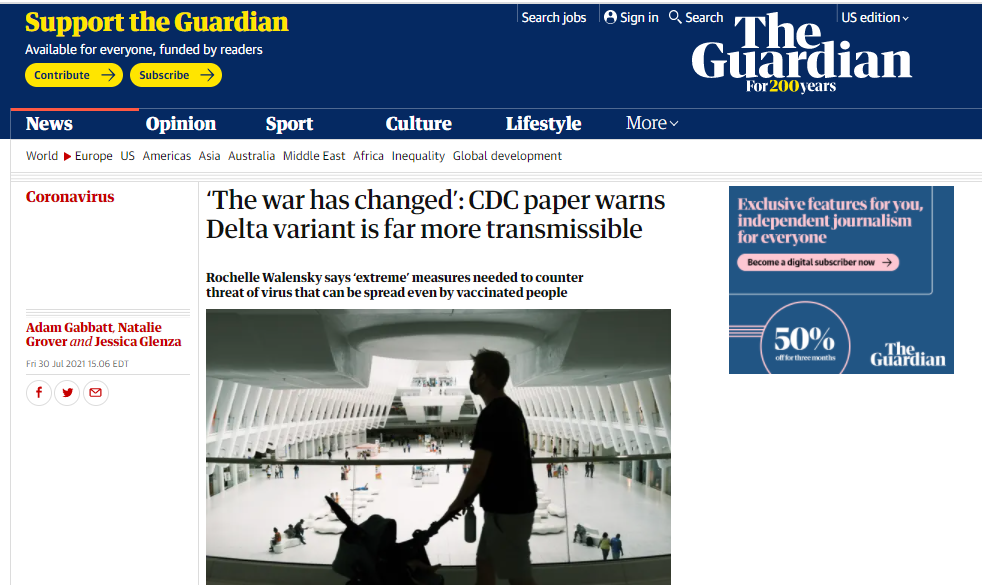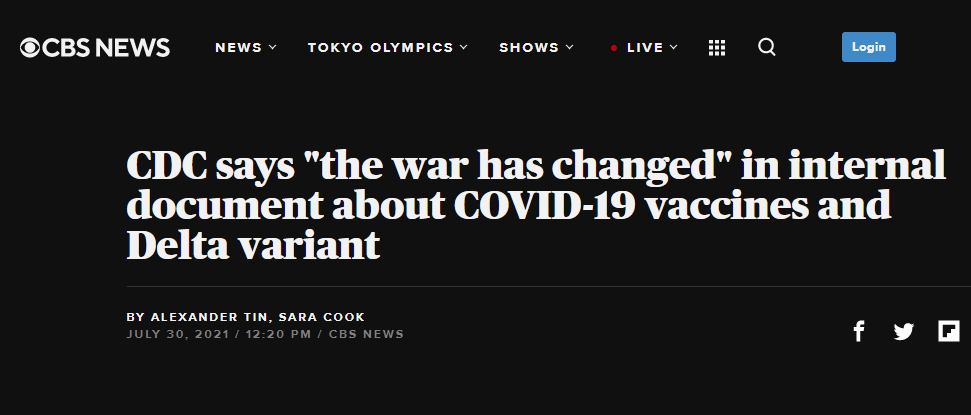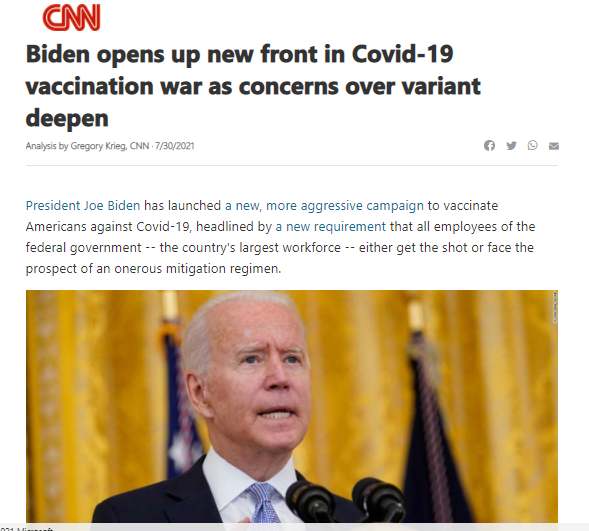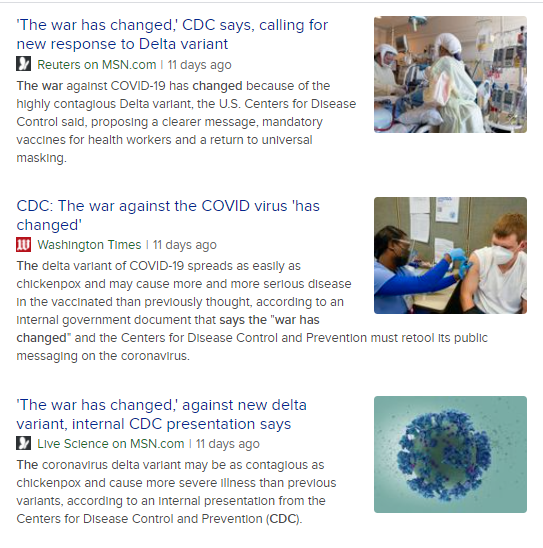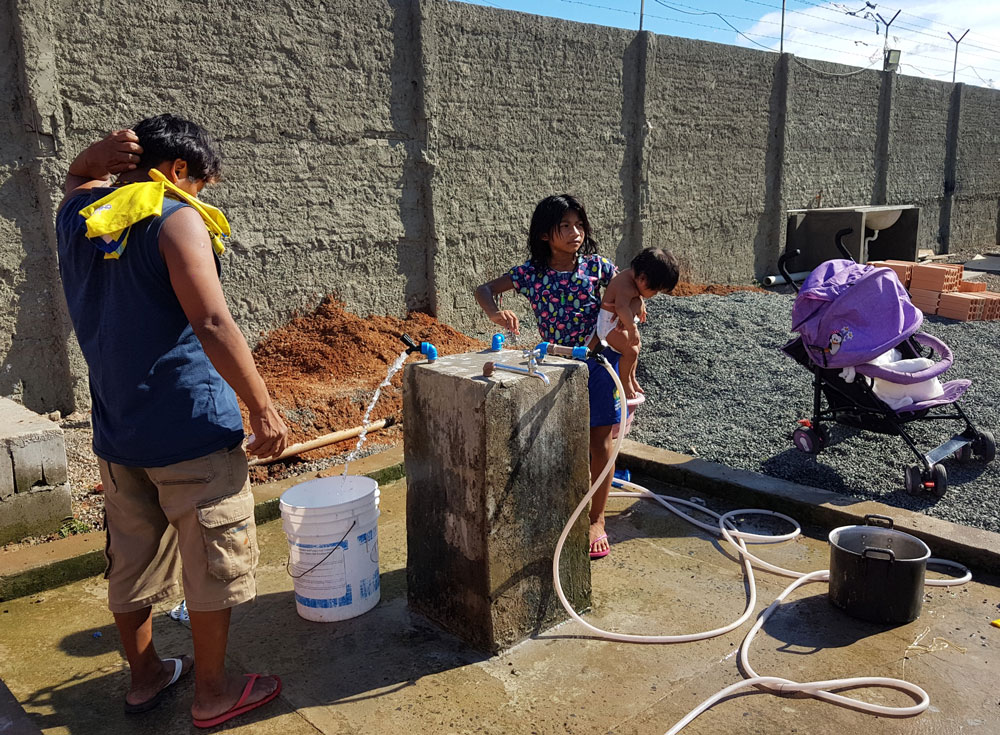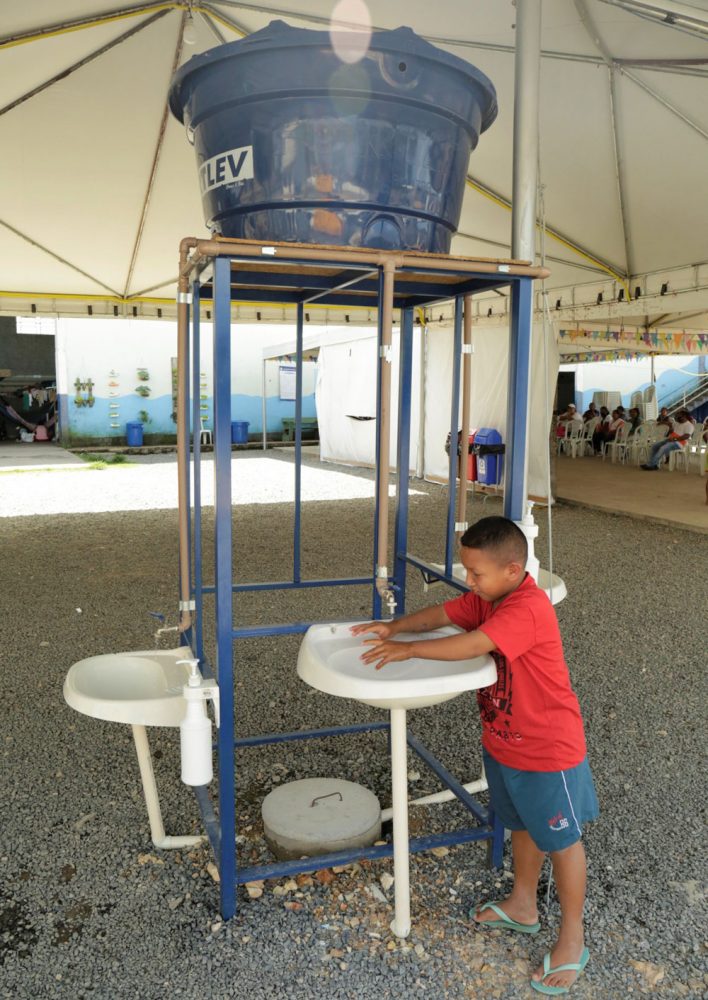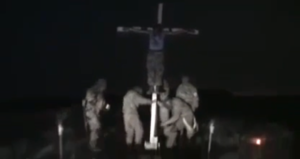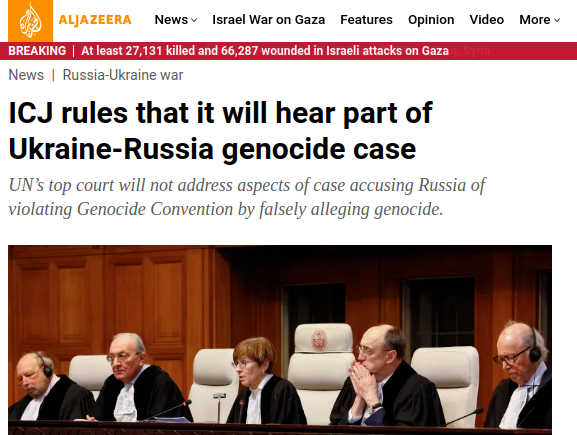CDC’s Fortified COVID Humanitarian Shelters: The Next Step in the War on COVID? Images, Videos, and Handbooks by CDC’s “Humanitarian Shelter” “Minimum Standards” Creator, Sphere.
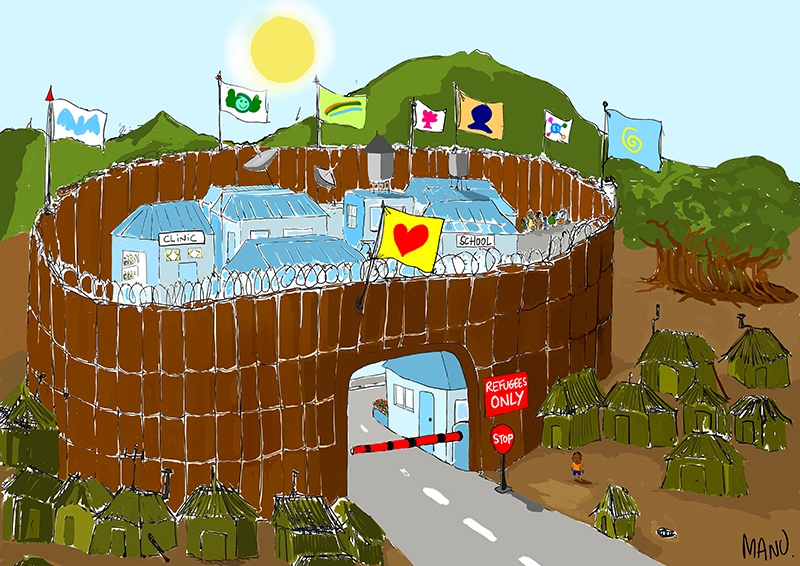
The CDC’s Interim Operational Considerations for Implementing the Shielding Approach to Prevent COVID-19 Infections in Humanitarian Settings “presents considerations from the perspective of the U.S. Centers for Disease Control & Prevention (CDC) for implementing the shielding approach in humanitarian settings as outlined in guidance documents focused on camps, displaced populations and low-resource settings.”
Page 1:
- “High-risk individuals would be temporarily relocated to safe or “green zones” established at the household, neighborhood, camp/sector or community level depending on the context and setting”
- In theory, shielding may serve its objective to protect high-risk populations from disease and death. However, implementation of the approach necessitates strict adherence, to protocol. Inadvertent introduction of the virus into a green zone may result in rapidtransmission among the most vulnerable populations the approach is trying to protect.
Page 2:
- To minimize external contact, each green zone should include able-bodied high-risk individuals capable of caring for residents who have disabilities or are less mobile.
- The green zone and living areas for high-risk residents should be aligned with minimum humanitarian (SPHERE) standards.
Page 4:
- Green zones should be more spacious in terms of shelter area per capita than the surrounding camp/sector, even at the cost of greater crowding oflow-risk people.
Page 5:
- However, there may be additional logistical challenges to implementing these strategies as a result of unavailable commodities, transport restrictions, limited staff capacity and availability to meet the increased needs. The approach does not address the potential emotional, social/cultural, psychological impact for separated individuals nor for the households with separated members. Additional considerations to address these challenges are presented below.
- Older adults represent a small percentage of the population in many camps in humanitarian settings (approximately 3-5%4). however in some humanitarian settings more than one quarter of the population may fall under high risk categories based on underlying medical conditions which may increase a person’s risk for severe COVID-19 illness which include chronic kidney disease, obesity, serious heart conditions, sickle cell disease, and type 2 diabetes. Additionally, many camps and settlements host multiple nationalities which may require additional separation, for example, Kakuma Refugee Camp in Kenya accommodates refugees from 19 countries.
- Ensure safe and protective environments for all individuals, including minors and individuals who require additional care whether they are in the green zone or remain in a household after the primary caregiver or income provider has moved to the green zone.
Page 6:
- Populations displaced, due to natural disasters or war and, conflict are already fragile and have experienced increased mental, physical and/or emotional trauma. While the shielding approach is not meant to be coercive, it may appear forced or be misunderstood in humanitarian settings.
SPHERE
SPHERE is referenced int he CDC document, as the CDC humanitarian settings adopt the minimum SPHERE standards (page 2 in document above, footnote 6).
Sphere describes itself as follows:
“The Sphere movement was started in 1997 by a group of humanitarian professionals aiming to improve the quality of humanitarian work during disaster response. With this goal in mind, they framed a Humanitarian Charter and identified a set of humanitarian standards to be applied in humanitarian response.
Initially developed by non-governmental organisations, along with the Red Cross and Red Crescent Movement, the Sphere standards have become a primary reference tool for national and international NGOs, volunteers, UN agencies, governments, donors, the private sector, and many others. Today, Sphere is a worldwide community which brings together and empowers practitioners to improve the quality and accountability of humanitarian assistance.
Sphere’s flagship publication, the Sphere Handbook, is one of the most widely known and internationally recognised sets of common principles and universal minimum standards in humanitarian response.”
From Sphere’s Applying Humanitarian Standards to Fight COVID-19:

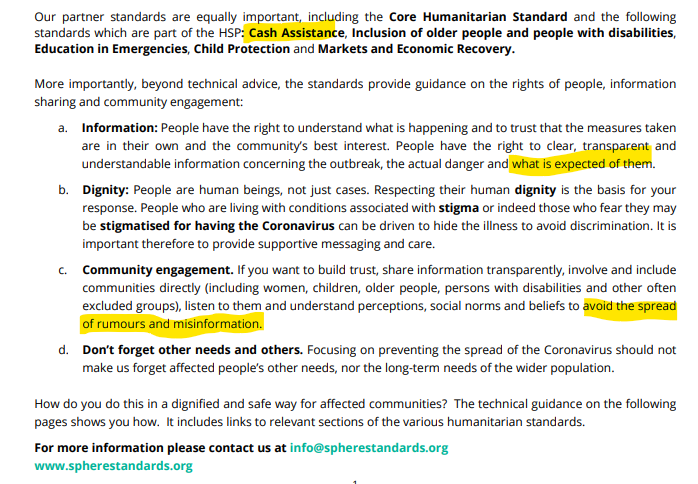

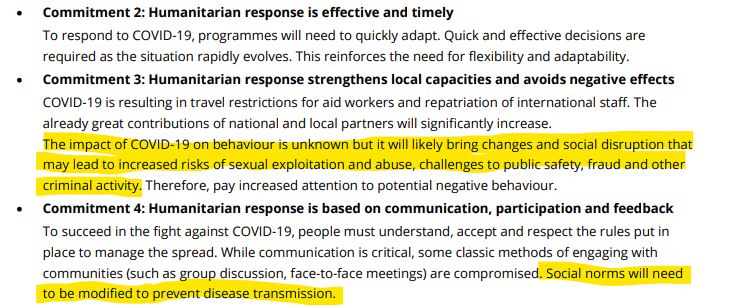
Sphere also has a Asset Distribution Standard Handbook,which suggests protecting assets from being consumed, lost, or sold to meet immediate basic needs:
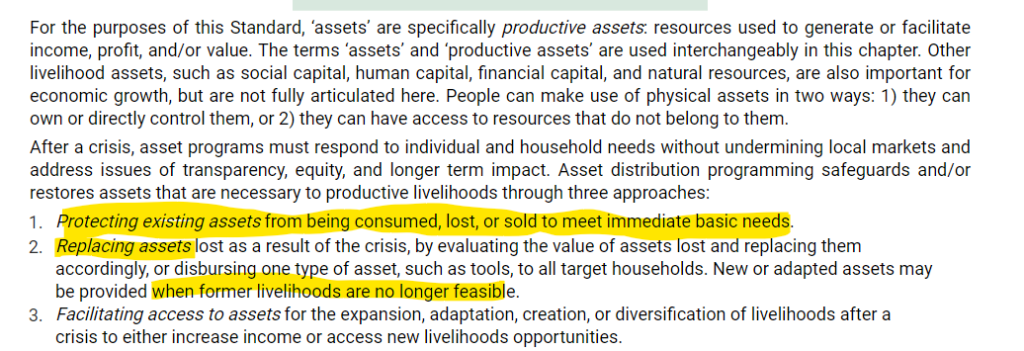
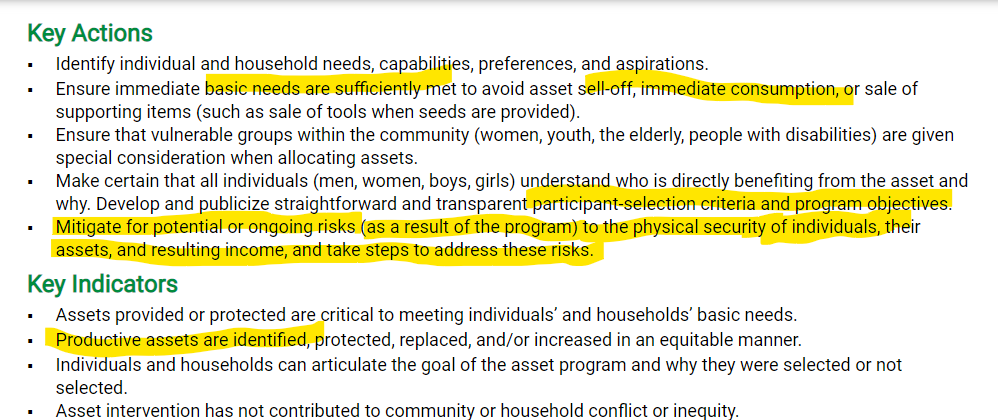
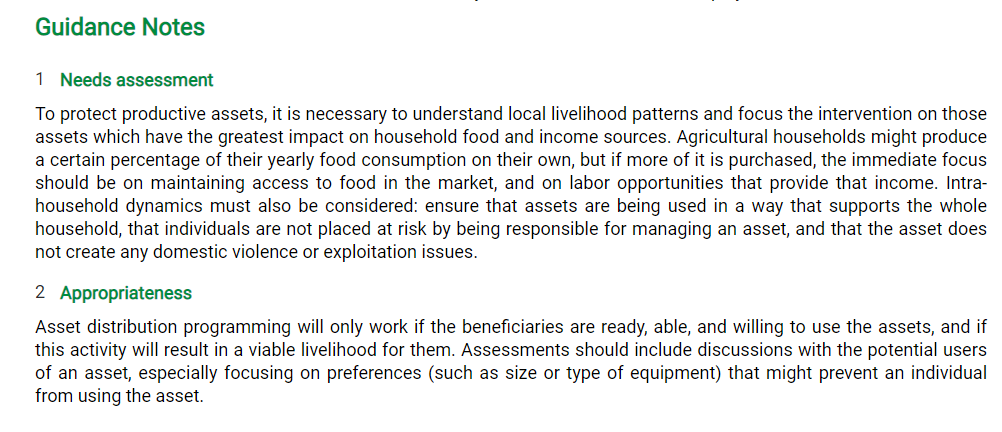
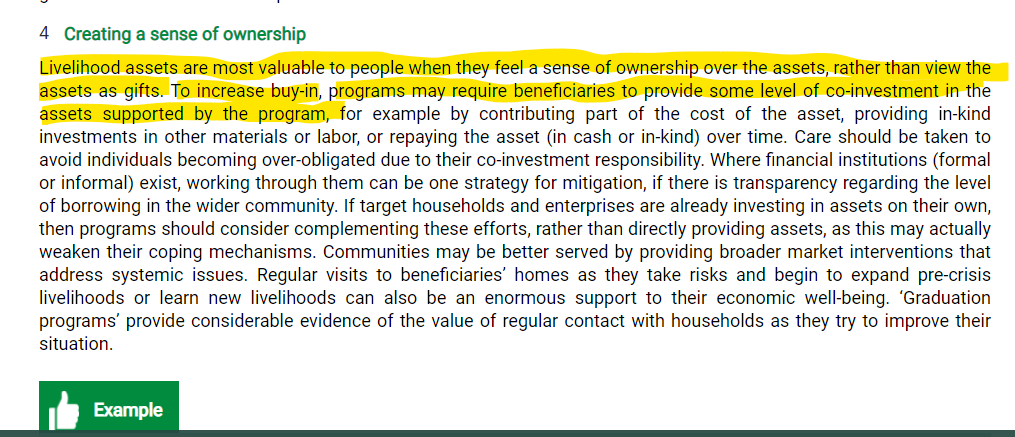
The full document, which describes restrictions such as agricultural families to produce for the market but not for themselves, while providing the labor equivilant to the amount of food they could have produced for themselves, and co-investms in to public assets in which investers are beneficiaries of the asset that is actually a gift:
Below are cartoon posters available on SPHERE’s Cartoons Campaign page:
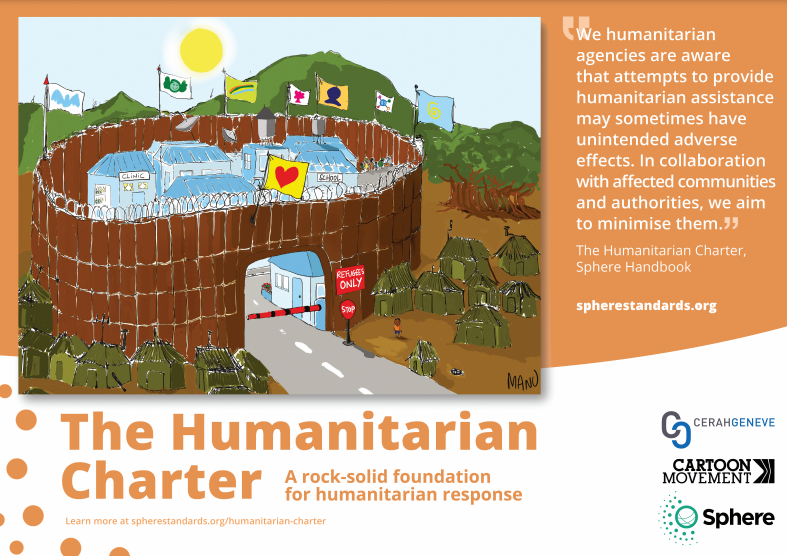
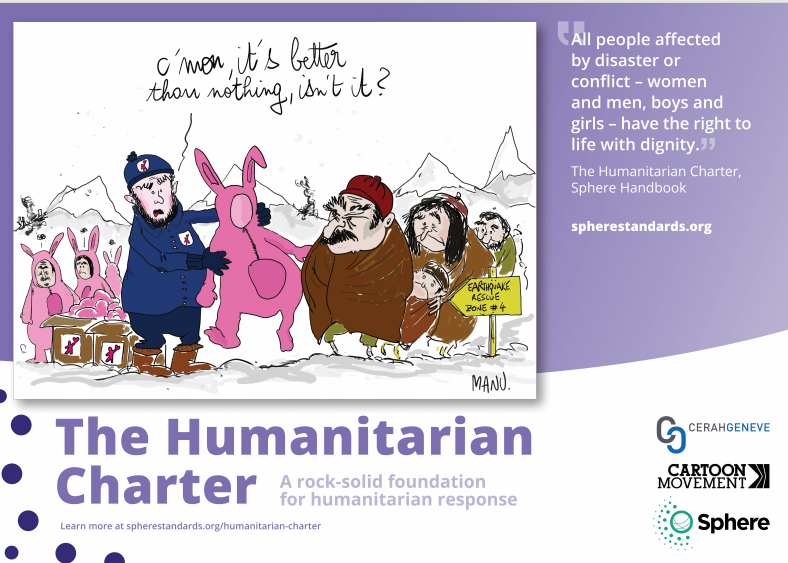
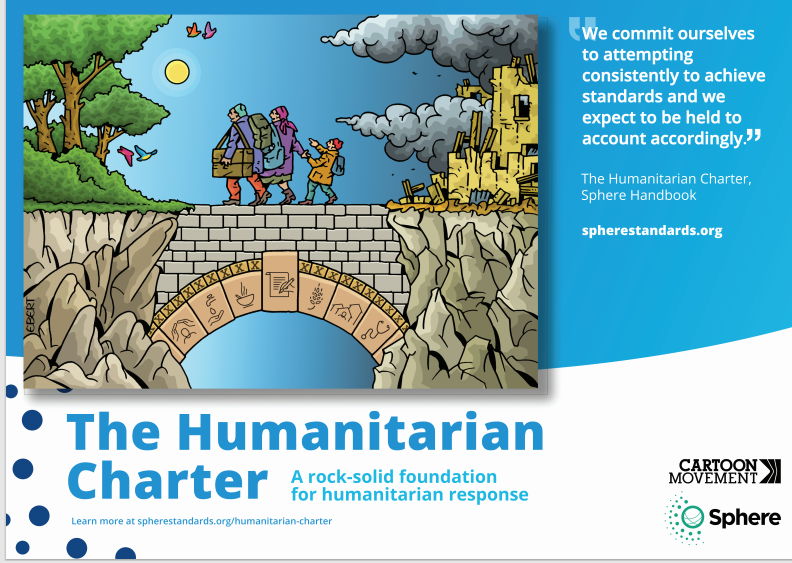

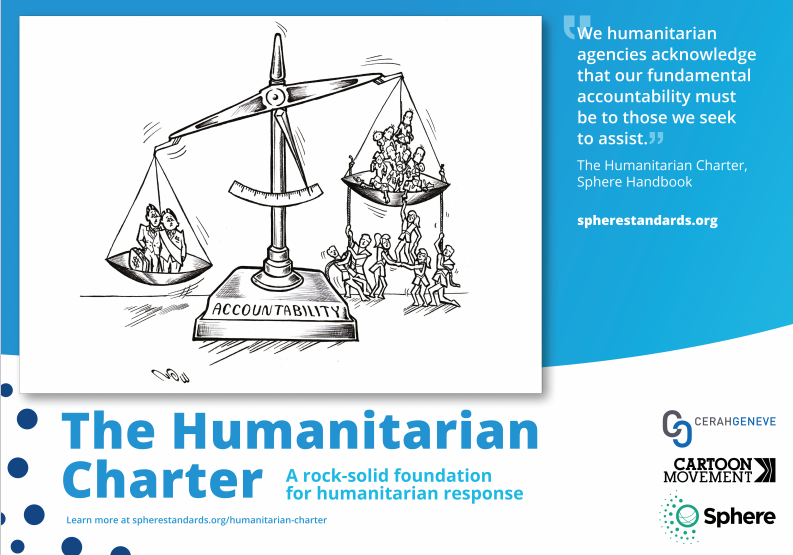
Sphere in Brazil: Fortified, Barbed Wired Fences and Bucket Baths at for Migrants
Sphere’s Resources page features a lengthy article discussing water in humanitarian camps for Venezualuan migrants in Brazil:
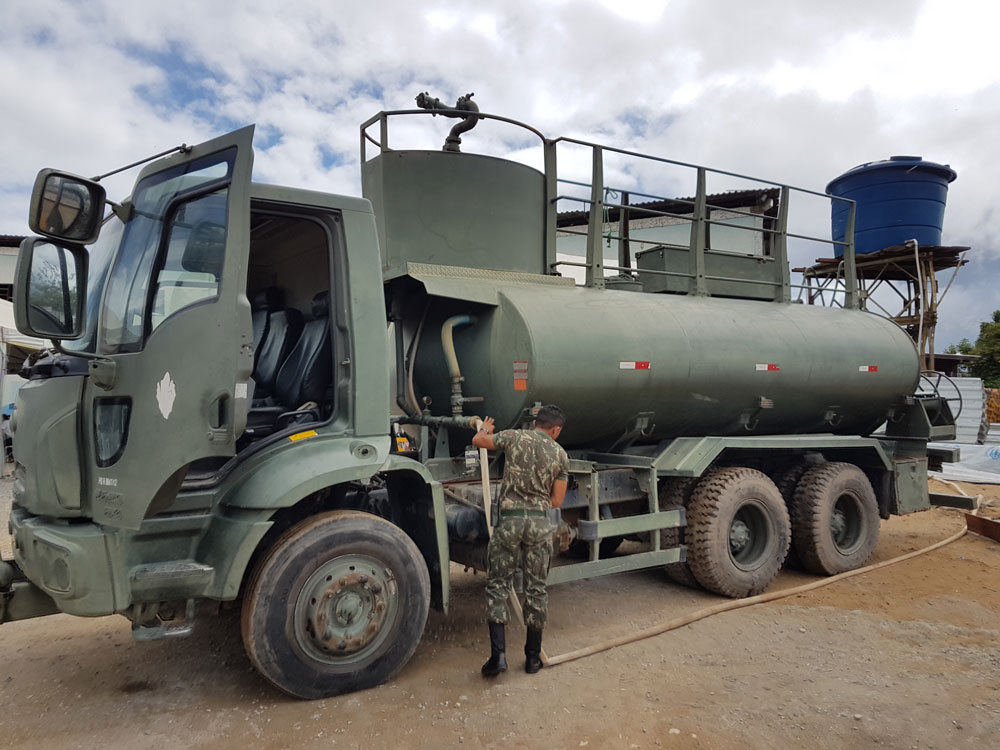
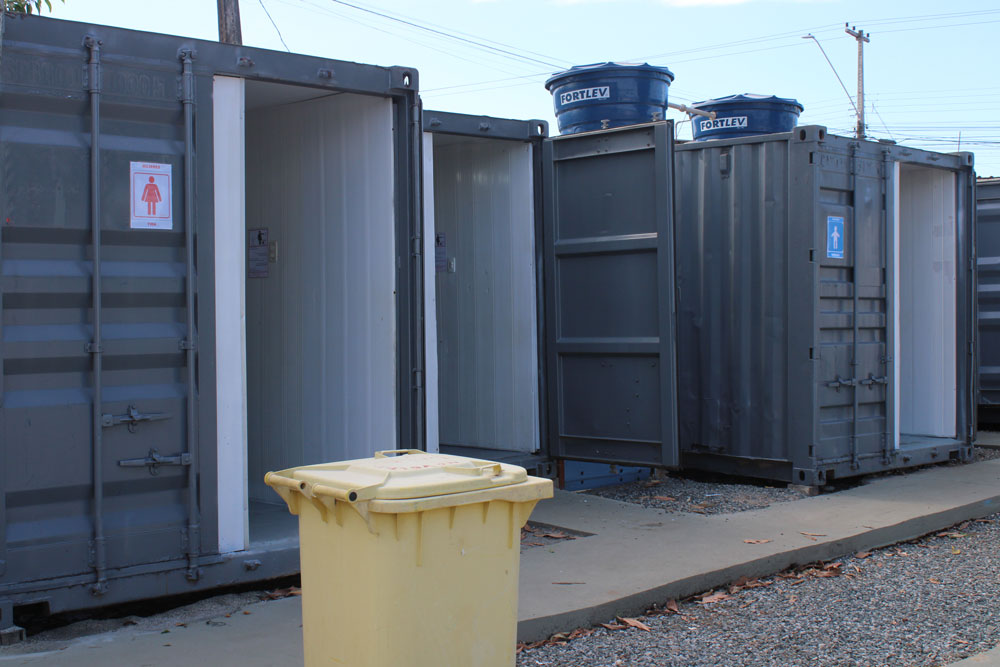
Sphere’s COVID Case Studies:
Fortunately, Time outlined the significant limitations the CDC has in enforcing quarantines during pandemics. The article was written in 2014 during the Ebola outbreak that threataned to become a pandemic.
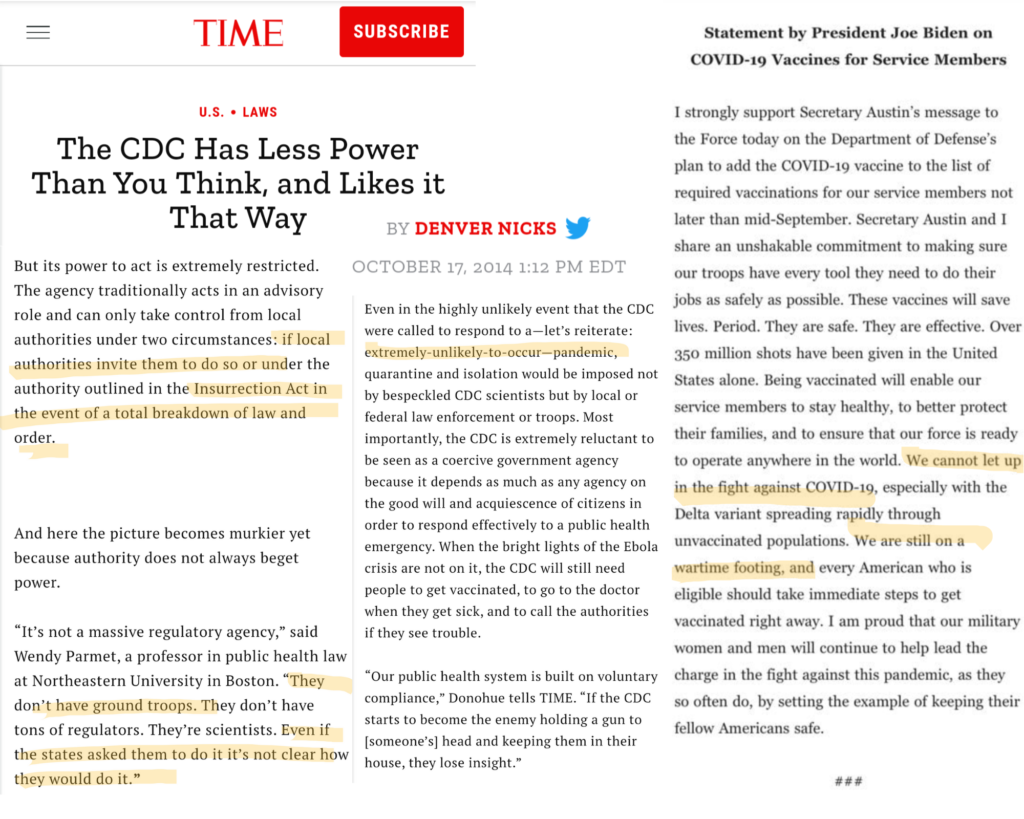
And remember, in Public Health England’s Techincal Brieifing 19, among over 205,000 cases of Delta COVID in individuals under 50, there were zero deaths:
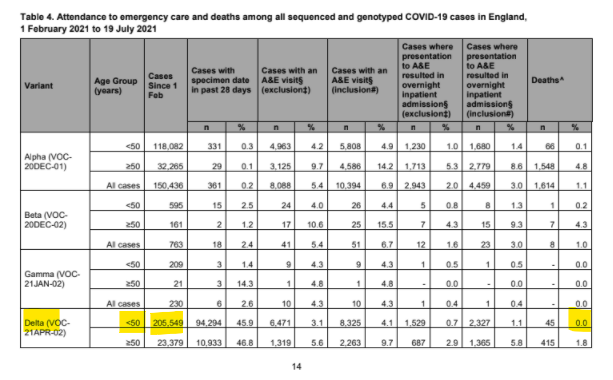
The media, public health officials, and politicians have regularly stated they are fighting a “war” against COVID-19 (including public health officials during a remote COVID Response meeting):
